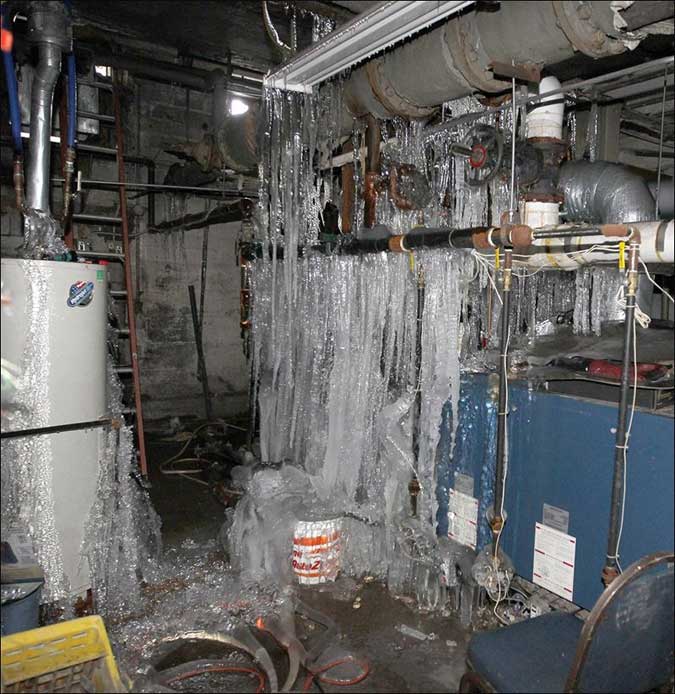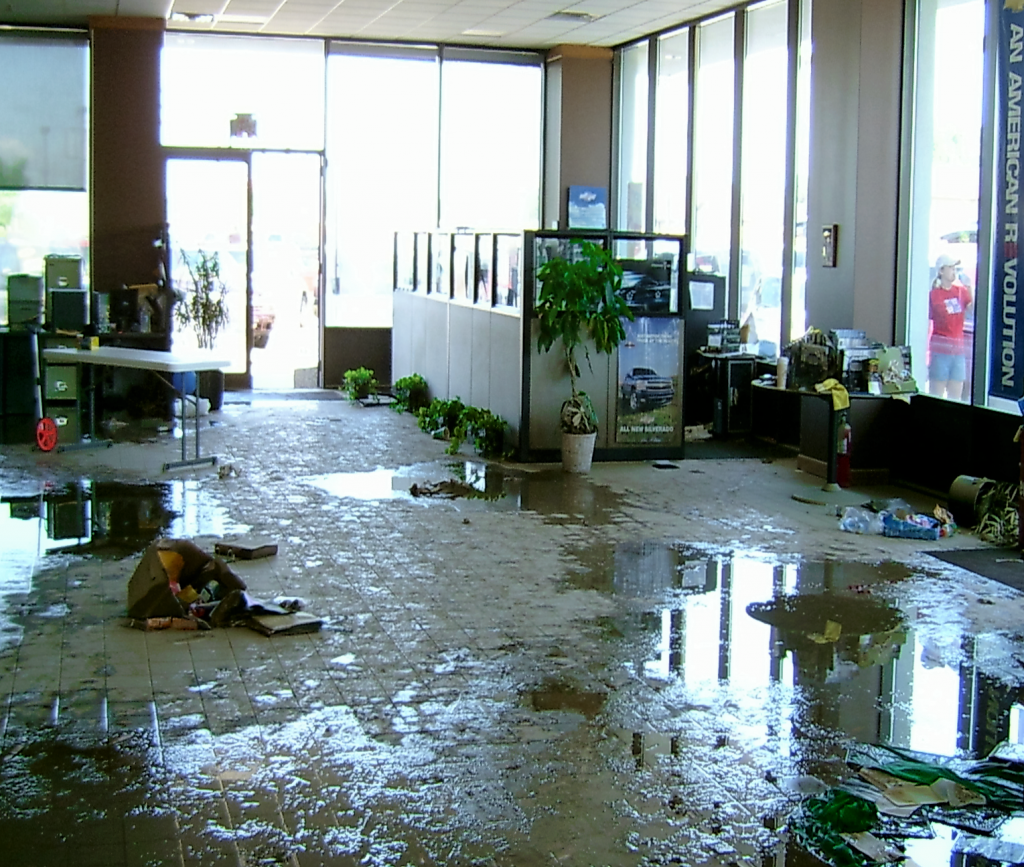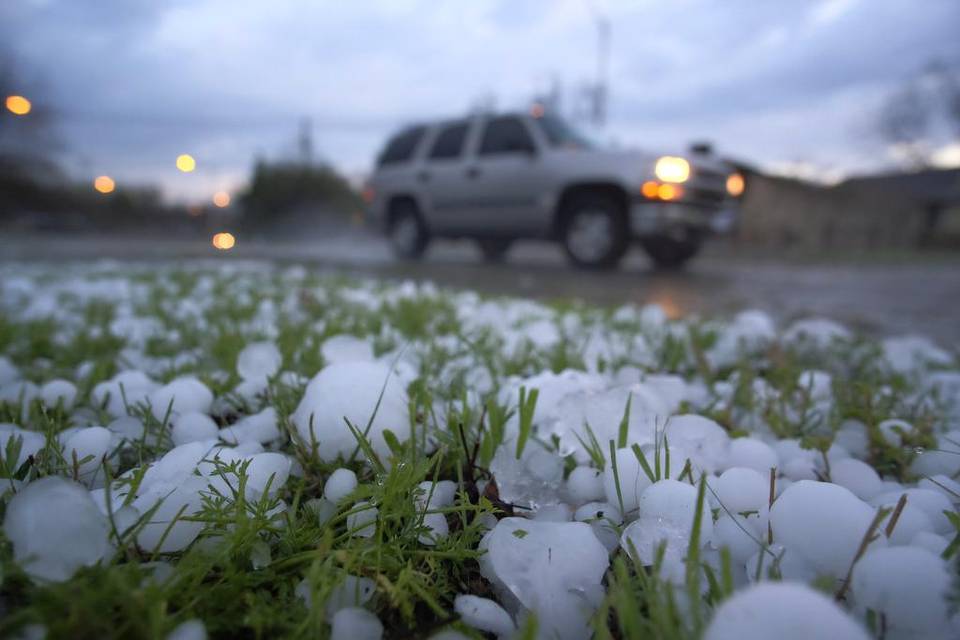I know this is an ongoing question, and there are remediators who are recommending ozone for cleanup. However, although ozone can damage some fungi, there is not a single study in the peer-reviewed literature that documents sufficient deactivation of fungi to be useful in remediation efforts. Most of the studies of ozone are found in the food industry. Ozone is effective in slowing the growth of fungi on fruits and vegetables. However, under these circumstances, slowing growth for even a few days is considered significant. Delays in spore production as long as 5 days have been reported. While significant in the life of a vegetable, this delay is useless for a residence.
It is true that very high levels of ozone over several hours will significantly lower the concentrations of culturable fungi on hard surfaces. At these concentrations, however, the ozone will damage building contents. Also, ozone disappears rapidly from the air. It attaches onto surfaces, including valuable ones that could be damaged. Data from studies that assess fungi on materials in houses have not been impressive. Fifty percent reductions have been achieved, and considered significant. However, reducing fungal concentrations on a surface from 50,000 to 20,000, although it may be statistically significant, is not important in a remediation sense. Also reported is the fact that fungi are more readily damaged by ozone on smooth, hard surfaces than on porous surfaces.
Unfortunately, fungal growth is most likely on porous materials (such as wallboard) from which it is difficult to remove, while a simple wipe with a damp cloth will remove fungi from smooth surfaces. Remember also that dead fungi may cause as many problems as living ones. It is far more effective to not worry about whether or not the fungi are alive, but instead concentrate on fixing the water/humidity problem and removing materials with fungal growth.
Overall, then, given the potential dangers of ozone damaging building contents and the possibility of negative health effects both for remediators and for occupants, I would not recommend it’s use. In fact, given the negative literature, I would suggest that the use of ozone is contraindicated in mold remediation situations.
For more information, visit our website at Biowashing.com








